Whatsapp:+8613252436578 E-mail:sale@welding-honest.com
1. Classification and physicochemical characteristics
|
Organizational form |
Common |
Specific |
Typical |
|
Ferritic body type |
1. High resistivity |
1Excellent stress corrosion resistance |
0Cr13(405) |
|
1Cr17(430) |
|||
|
Martensitic type |
1. The tendency to harden is large, and the carbon content increases with it. |
1Cr13(410) |
|
|
Austenitic type |
1The coefficient of linear expansion is large |
0Cr18Ni9(304) |
|
|
0Cr19Ni11(308) |
|||
|
0Cr23Ni13(309) |
|||
|
0Cr25Ni20(310) |
|||
|
0Cr17Ni12Mo(316) |
|||
|
0Cr17Ni12Mo2Nb/Ti(318) |
|||
|
0Cr19Ni13Mo3(317) |
|||
|
1Cr18Ni9Ti(321) |
|||
|
0Cr18Ni11Nb(347) |
|||
|
0Cr20Ni25Mo5Cu2(385) |
|||
|
O-iron duplex |
1. Intergranular corrosion resistance 2 stress corrosion resistance 3 pitting resistance |
00Cr22Ni5Mo3N(2205) |
|
|
Precipitation hardening type |
1. High hardness 2 poor plasticity |
0Cr17Ni4Cu4Mo2(630) |
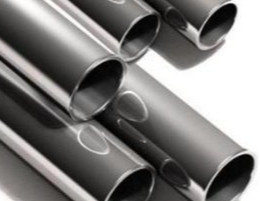
Ferritic body type
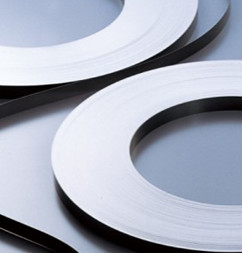
Martensitic type
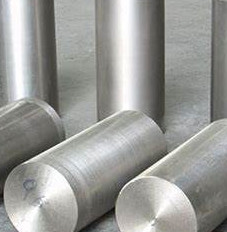
Austenitic type
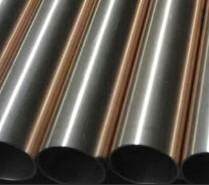
Precipitation hardening
Two: welding process
The choice of stainless steel welding materials should follow the principle of "homogeneity".
1. Ferritic stainless steel If the welding process is heated at 430-480 °C for a long time and cooled slowly, it is very easy to produce 475 °C brittleness, and impurities will play a catalytic role. The welding process recommends low current, fast welding, no oscillation, and low interlayer temperature control during multilayer welding. To weld thick workpieces, the weld seam must be hammered to reduce shrinkage stress.
2. Martensitic stainless steel heat-affected zone embrittlement and welding cold cracks are needed to avoid as much as possible when welding, generally take the corresponding preheating before welding (150-300 °C) and post-welding heat treatment (700-750 °C) measures, the use of large line energy, if necessary, you can choose austenitic welding materials.
3. Austenitic stainless steel The influencing factors of hot cracking and intergranular corrosion are the primary considerations for the welding of such stainless steel, in view of its physical characteristics, a small linear energy should be taken for welding, rapid cooling, and low interlayer temperature should be controlled when multilayer welding. Strive to contain the right amount of ferrite when welding to prevent the occurrence of thermal cracks. In the petrochemical industry such as hydrogenation reactors and other specific products, the number of ferrites (FN) of the weld has been clearly stipulated, generally required 3-10.
4. Austria-iron duplex stainless steel has a low crack tendency compared with austenitic steel; Compared with ferritic steel, post-weld embrittlement is low, so it has excellent weldability, neither preheating nor post-heating, and no welding cracks are generated. However, when heating at high temperatures, there is a tendency for grain to grow, and small linear energy should be taken when welding.
5. Precipitation-hardened stainless steel Due to the high hardness, poor toughness and plasticity of this type of steel, and large welding residual stress, it is easy to produce cracks. A welding process similar to martensitic stainless steel is recommended, but the preheating temperature needs to be increased.
Note: The AWSA5.9 Standard for Stainless Steel Optical and Filler Wires and the YB/T5092 Standard for Stainless Steel for Welding stipulate that the chemical analysis of melted specimens of combined or stranded wire or filler wire is the only experiment required for the classification of these product forms. That is, mechanical properties and other tests, according to customer needs.
Stainless steel hand electrode GES series, the last letter B in the product name indicates the blue coat, R indicates the red coat, such as GES-308R represents the red coat GES-308, GES-312B represents the blue pill skin GES-312。
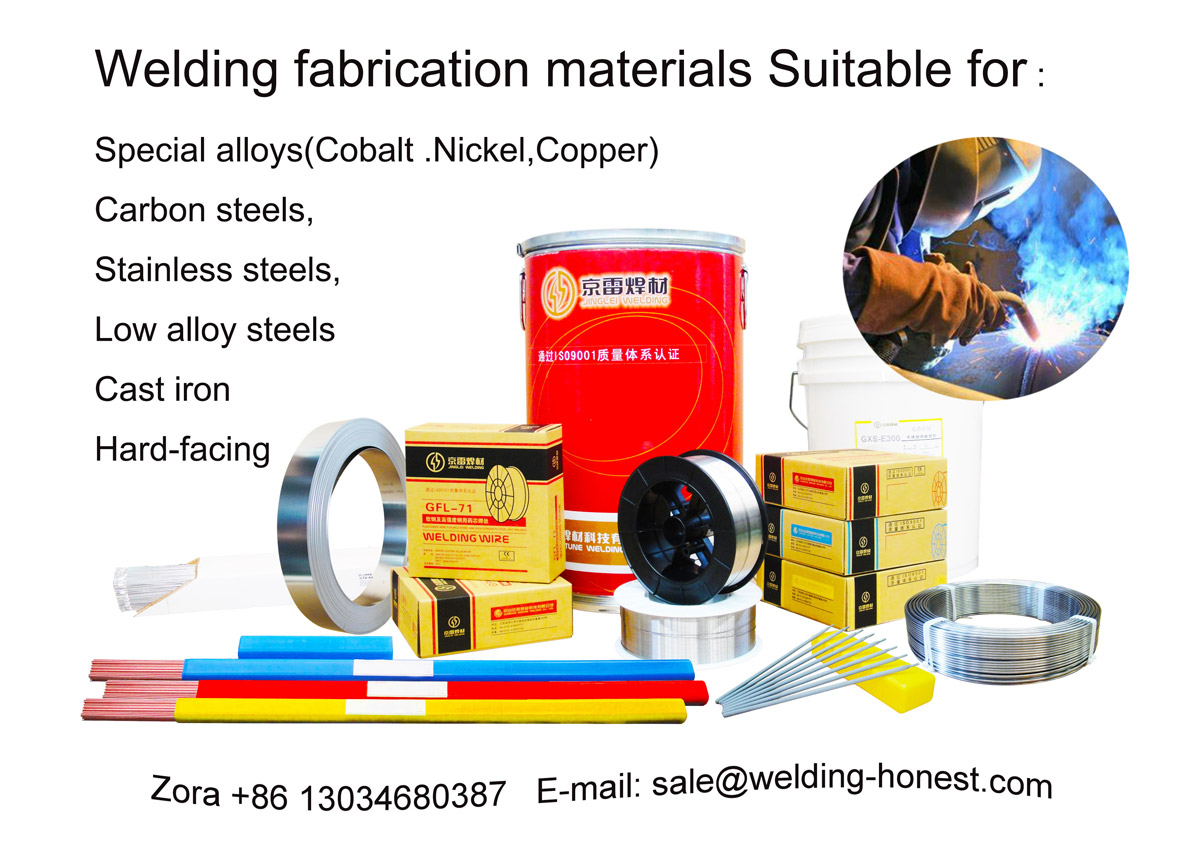
Post time: Oct-13-2022